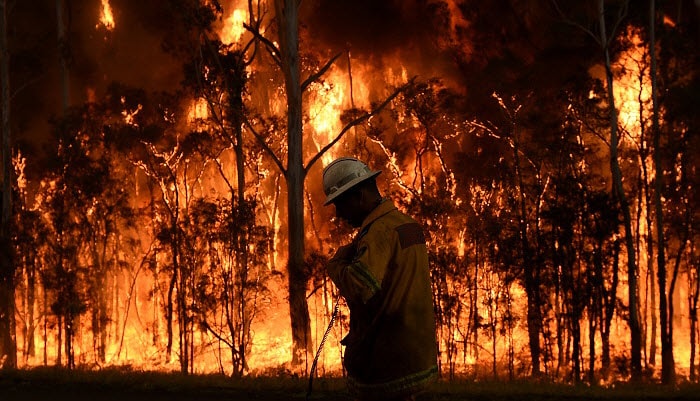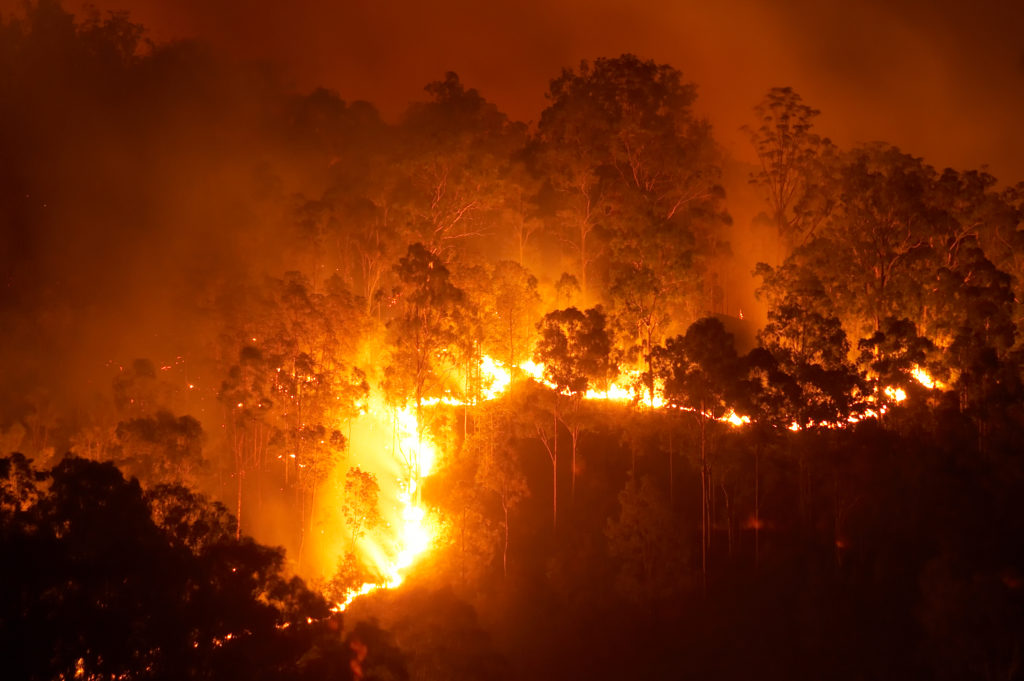BMP Insights: Key Elements and Perks of a Bushfire Management Plan
Specialist Advice on Bushfire Administration for Boosted Fire Security
In the world of bushfire management, the value of professional suggestions can not be overemphasized. From comprehending the nuances of bushfire habits to implementing useful measures such as firebreaks and defensible rooms, there exists a riches of knowledge that can considerably improve fire defense efforts.
Comprehending Bushfire Habits
To properly mitigate the effect and handle of bushfires, it is imperative to have a detailed understanding of bushfire actions. Bushfires are complex natural sensations influenced by various variables such as weather, topography, fuel load, and human activities. Comprehending how these components connect is important in forecasting the actions of a bushfire, permitting far better preparation and feedback strategies.
One secret element of bushfire actions is fire spread. By studying previous fire events and examining fire patterns, experts can anticipate just how a bushfire may proceed under specific conditions.
Moreover, understanding ember attack, spotting, and fire whirls is vital in understanding the complete extent of bushfire behavior. Ashes can travel cross countries in advance of the fire front, firing up spot fires and posturing a considerable risk to residential or commercial properties. Fire whirls, on the various other hand, can create unpredictable fire behavior, making the fire management process even extra difficult. By delving right into these complexities of bushfire habits, authorities can enhance their preparedness and action capabilities, eventually lowering the influence of these harmful occasions.
Carrying Out Firebreaks and Defensible Spaces
Understanding bushfire behavior is foundational for effectively implementing firebreaks and creating defensible spaces to improve fire defense. Maintaining these firebreaks through normal clearing of debris and plant life is vital to guarantee their effectiveness during a bushfire occasion.

Correctly executing firebreaks and defensible spaces needs careful preparation, routine upkeep, and neighborhood cooperation to ensure the highest possible level of fire protection for residential properties and lives in bushfire-prone locations.
Making Use Of Early Warning Equipments
Releasing innovative very early caution systems is essential for prompt detection and informing of possible bushfire risks. By utilizing advanced innovations such as satellite surveillance, weather condition sensing units, and thermal imaging, authorities can effectively check fire-prone areas and detect ignition resources at the earliest stages. These systems can supply real-time information on fire instructions, intensity, and actions, enabling punctual decision-making and quick implementation of firefighting resources to the impacted locations.
Early warning systems also play an important duty in signaling locals and areas about impending bushfire threats. Through automated alarms, text notifies, call, and social media sites alerts, people can be quickly educated concerning emptying orders, secure shelter places, and emergency situation treatments. This proactive method not just conserves lives but also lessens residential or commercial property damages by ensuring that individuals have adequate time to leave and safeguard their homes.
Developing Discharge Strategies
Reliable evacuation strategies are important for guaranteeing the security of citizens in bushfire-prone locations. Creating well-balanced discharge approaches is essential in reducing the risks positioned by bushfires and protecting human life. These plans must be detailed, considering visit the website numerous factors such as the topography of the area, the density of vegetation, and the most likely rate and direction of the fire's spread.
When producing emptying strategies, it is essential to establish clear emptying routes and assembly points where citizens can gather securely. These courses must be routinely maintained to ensure accessibility during emergencies. Additionally, interaction approaches have to remain in place to sharp residents of impending danger and provide clear guidelines on emptying procedures.
Collaboration in between regional authorities, emergency solutions, and area members is necessary in establishing efficient emptying plans. Normal drills and workouts need to be conducted to acquaint citizens with the procedures and ensure a swift and organized evacuation when a bushfire intimidates the location. By focusing on the advancement of durable emptying plans, areas can improve their strength to bushfire emergencies and minimize the potential influence on homes and lives

Taking Part In Area Preparedness
In the realm of bushfire management, fostering area preparedness plays a critical role in strengthening the durability of residents staying in risky locations. Participating in community readiness involves go to the website enlightening citizens on bushfire dangers, promoting fire safety and security techniques, and creating emergency plans jointly. By actively involving the area in preparedness efforts, individuals come to be extra notified and equipped to take aggressive actions to safeguard their lives and properties throughout bushfire cases.
Neighborhood readiness efforts commonly consist of conducting fire drills, developing interaction networks, and arranging training sessions on fire reductions methods. Urging collaboration among next-door neighbors to create a cohesive assistance system can substantially enhance the general readiness degree of a community. The probability of minimizing damage and making certain safety boosts significantly. when homeowners are educated and equipped to react properly to bushfires.
Conclusion
Finally, reliable bushfire management requires an extensive understanding of fire actions, the execution of firebreaks and defensible spaces, the usage of very early caution systems, the advancement of emptying strategies, and area involvement in readiness initiatives. By including these approaches, areas can boost their fire defense actions and lower the influence of bushfires on both residential property and lives. Bushfire Risk. It is crucial for all stakeholders to collaborate to create a more secure setting despite this natural catastrophe
To efficiently manage and mitigate the impact of bushfires, it is necessary to have a detailed understanding of bushfire habits. By examining past fire cases and assessing fire patterns, professionals can anticipate how a bushfire could proceed under particular conditions.Understanding bushfire actions is foundational for efficiently implementing firebreaks and developing defensible areas to enhance fire defense. Involving in neighborhood preparedness includes educating homeowners on bushfire dangers, promoting fire security practices, and creating emergency situation strategies jointly.In final thought, efficient bushfire monitoring requires a thorough understanding of fire behavior, the execution of firebreaks and defensible areas, the great post to read application of early caution systems, the development of emptying strategies, and community interaction in preparedness initiatives.